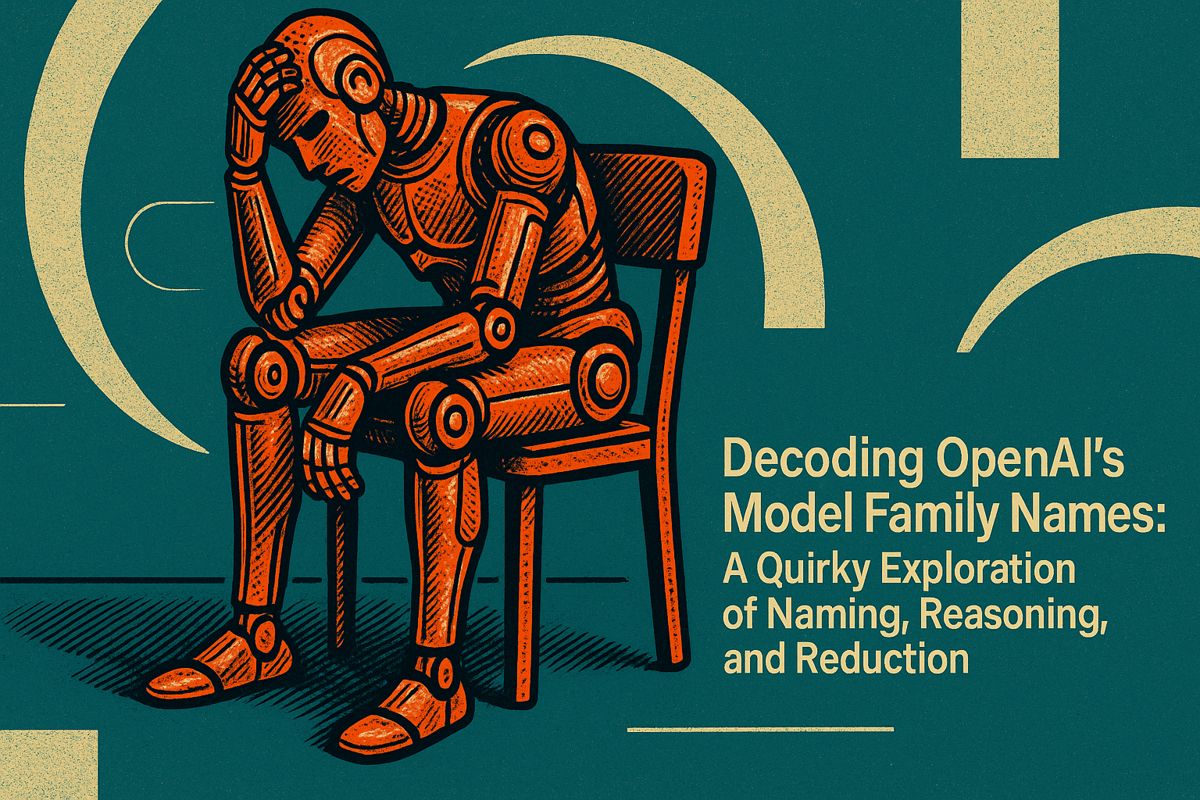Poor data quality costs firms an average of $12.9 million annually, undermining key AI initiatives and eroding ROI. As leaders plan for 2025, the focus is shifting from amassing petabytes of data to ensuring its value and reliability. A recent Info-Tech Research Group report highlights this trend, finding data quality has the widest satisfaction gap across core IT services. The lesson is clear: AI outcomes are only as good as the information they are trained on. CIOs who embed governance and data literacy early in their projects see faster time-to-value and significantly fewer costly restarts.
Why data quality makes or breaks AI
Inaccurate, biased, or incomplete information is the leading cause of AI project failure. Poor data quality directly leads to unusable model outputs, wasted development cycles, and abandoned proofs of concept, costing firms millions and preventing them from realizing the full potential of their AI investments.
Failure rates for AI pilots remain stubbornly high, with research from MIT and RAND suggesting generative AI pilot failure approaches 95%. Similarly, RheoData finds that enterprises abandon nearly half of all proofs-of-concept. Analysts consistently point to a single primary culprit: inaccurate, biased, or incomplete data. Gartner estimates that this bad data costs the average firm $12.9 million each year. Conversely, companies with strong data integration practices show returns 10.3 times higher than their peers. High-profile failures, like the IBM Watson for Oncology project which collapsed after a $62 million investment due to flawed training data, serve as stark warnings. Most AI failures stem from brittle data foundations and fragmented taxonomies, reinforcing the urgent need for master data management (MDM) and unified semantics.
CIOs Should Prioritize Data Value Over Volume for AI Initiatives
A quality-first strategy begins with disciplined governance. According to Intelligent CIO, while 98% of organizations face data quality issues that hinder AI adoption, those with clear enforcement policies see fewer compliance incidents. Centralizing assets into a single source of truth – through MDM or data fabric architecture – is essential for reducing duplication and simplifying lineage tracking. Effective governance must also balance data accessibility with robust security, ensuring only authorized users can view sensitive information.
Beyond tools, fostering a culture of data literacy is critical. Research from Gartner-Evanta reveals that leaders who champion data literacy programs outperform others in both innovation speed and risk mitigation. When teams are trained to understand data provenance and spot potential bias, they can flag anomalies before they corrupt downstream models. This cultural shift is best supported by real-time observability platforms like Monte Carlo or open-source tools such as Great Expectations, which automate data validation within pipelines.
Four metrics that signal data value
To track progress, CIOs should shift conversations from storage capacity to measurable business impact. The following metrics are crucial for signaling true data value:
- Percentage of AI features sourced from governed datasets
- Mean time to detect and fix data anomalies in production
- Ratio of model retraining triggered by data drift versus performance decay
- Business ROI uplift per terabyte stored
Early adopters who track these measures report that allocating 50-70% of AI project budgets to data readiness can double transformation success rates. While technology alone cannot rescue a flawed dataset, modern tools are invaluable for scaling best practices. Platforms like Collibra Data Quality Studio and Atlan unify cataloging, lineage, and validation, while AI-powered metadata engines can predict governance risks proactively.
A relentless focus on the value and credibility of every record, reinforced by strong governance and a data-literate culture, is what transforms data from a sunk cost into a competitive differentiator. The organizations that master this discipline today are the ones that will generate the most reliable insights, achieve the highest AI returns, and face the fewest compliance risks tomorrow.
What does the $12.9 million price tag on poor data quality actually cover?
Gartner’s 2025 benchmark shows the average enterprise loses $12.9 million every year because of unreliable data.
The largest slices of that loss are:
– 60 % higher AI project-failure rates when training data is inaccurate or incomplete
– 40 % drop in model effectiveness, forcing teams to re-train or shelve initiatives
– Missed market opportunities when real-time decisions are delayed by data disputes or manual cleansing
In other words, the hidden bill is paid in wasted cloud cycles, abandoned pilots, and eroded stakeholder trust rather than in a single line-item invoice.
Why is data quality suddenly a board-level issue for AI programs?
Until 2024 most boards worried about GPU budgets; in 2025 they worry about data credibility.
MIT and RAND find that 95 % of generative-AI pilots fail, and CIO surveys show the reason cited above all others is “poor data quality.”
Because models are only as reliable as the data they ingest, executives now treat quality metrics as a pre-condition for ROI, not a technical afterthought.
CIOs who present an AI roadmap without a data-governance chapter are increasingly asked to delay launch until the foundation is fixed.
How can CIOs flip the focus from “more data” to “trustworthy data”?
Leading 2025 playbooks replace volume KPIs with governance-first milestones:
1. Rigorous data governance – publish a living policy that classifies every critical field, sets owner SLAs, and is reviewed quarterly
2. Centralized data fabric – invest in an MDM or unified data platform so AI pipelines draw from one certified source of truth
3. Culture of data literacy – train product, risk, and compliance teams to challenge data before they challenge models
Companies that allocate 50–70 % of the AI timeline to data readiness report 2.5× higher transformation success rates.
Which tools are proving fastest at cleaning and guarding AI-ready data in 2025?
Automation and AI-against-AI is the dominant theme:
– Monte Carlo & Lightup deliver real-time anomaly detection across cloud data stacks
– Collibra and Atlan embed ML-driven validation rules that self-update as schemas drift
– Great Expectations (GX) lets engineering teams codify quality contracts in Git, turning tests into CI/CD gates
Open-source options such as OpenMetadata and DQOps now give mid-market firms enterprise-grade observability without license costs.
The shared goal: catch bad data before it reaches the model, not after business users spot wrong answers.
What are the first three questions a CIO should ask before green-lighting any new AI project?
- “Which data sets are critical to this model’s outcome, and when were they last certified?”
- “Who owns the quality SLA for each critical field, and what happens if it slips?”
- “Can we show an auditor the full lineage from raw ingestion to model output in under 10 minutes?”
If the team cannot answer with documented evidence, pause the schedule and fix the data first – every week spent here saves months of rework later.



















